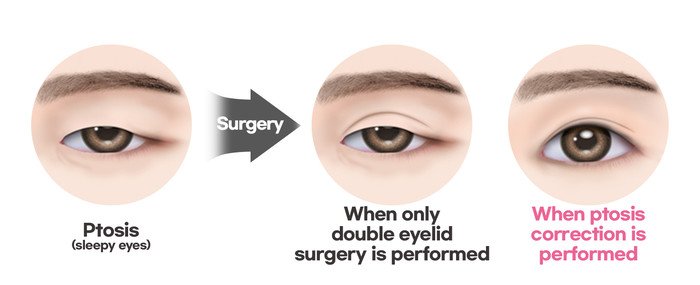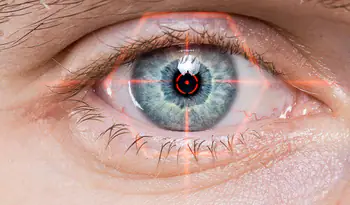Ptosis, also known as blepharoptosis, is a medical condition characterized by the drooping of the upper eyelid. This droop can affect one or both eyes and may vary in severity, from barely noticeable to significantly obstructing vision. Ptosis can occur in people of all ages, but it’s more commonly seen in older adults due to natural aging of the muscles responsible for lifting the eyelid.
In this article, we’ll explore the causes, symptoms, types of ptosis, and most importantly, when to seek medical treatment.
What Is Ptosis?
Ptosis refers to the abnormal low positioning of the upper eyelid. In more severe cases, the drooping eyelid can cover part of the pupil, leading to reduced or obstructed vision. While ptosis may be purely cosmetic in mild cases, it can indicate an underlying medical issue, especially if it develops suddenly.
Types of Ptosis
There are several different forms of ptosis, each with its own underlying cause:
1. Congenital Ptosis
- Present at birth
- Caused by improper development of the levator muscle, which lifts the eyelid
- May lead to visual development problems like amblyopia (lazy eye)
2. Acquired Ptosis
- Develops later in life and has several subtypes:
- Aponeurotic Ptosis: Most common in older adults; caused by stretching or detachment of the levator muscle tendon
- Neurogenic Ptosis: Resulting from nerve damage (e.g., third cranial nerve palsy or Horner’s syndrome)
- Myogenic Ptosis: Due to muscle disorders (e.g., myasthenia gravis or muscular dystrophy)
- Mechanical Ptosis: Caused by excess skin or a mass weighing down the eyelid
- Traumatic Ptosis: Due to injury or surgical complications
Common Causes of Ptosis
Ptosis can be triggered by a wide variety of factors. Common causes include:
- Aging (most common in aponeurotic ptosis)
- Congenital muscle weakness
- Nerve injuries or neurological conditions
- Autoimmune diseases such as myasthenia gravis
- Tumors or cysts on the eyelid
- Diabetes, which can affect nerves controlling eyelid movement
- Previous eye surgery, especially cataract surgery
Symptoms of Ptosis
The most noticeable symptom is the visible drooping of one or both upper eyelids. However, additional symptoms may include:
- Obstructed vision (especially when the drooping is severe)
- Eye strain or fatigue, particularly when trying to keep the eyelids open
- Tilting of the head backward to improve vision
- Asymmetry of the eyes
- Dry or watery eyes
If the ptosis is due to an underlying condition like myasthenia gravis, other symptoms such as double vision or muscle weakness may also be present.
When to See a Doctor
You should seek medical evaluation if:
- The ptosis develops suddenly
- It is progressive or worsening over time
- It affects your ability to see
- You experience other neurological symptoms (e.g., double vision, facial weakness, headache)
- It appears alongside pupil changes or eye pain
Even if the ptosis appears mild or purely cosmetic, a professional evaluation is important to rule out underlying causes that may require prompt treatment.
Diagnosis and Evaluation
A comprehensive eye exam will be performed, possibly including:
- Visual acuity testing
- Eyelid measurements
- Pupil and eye movement tests
- Neurological evaluation
- Imaging studies (CT, MRI) if a tumor or nerve damage is suspected
- Blood tests for autoimmune conditions
Treatment Options for Ptosis
Treatment depends on the severity of the ptosis and its underlying cause:
Non-Surgical Options:
- Prescription eyedrops (e.g., Upneeq) that temporarily lift the eyelid in mild cases
- Treatment of underlying conditions, such as managing myasthenia gravis
Surgical Options:
- Ptosis repair surgery to tighten or reattach the levator muscle
- Frontalis sling surgery in cases with severe muscle weakness
- Blepharoplasty, if excess eyelid skin is contributing to the ptosis
Final Thoughts
Ptosis can be a minor cosmetic issue or a sign of a more serious medical condition. While some cases require no treatment, others may significantly impact vision and quality of life. Early evaluation by an ophthalmologist or oculoplastic surgeon is key to determining the best course of action.
If you’re experiencing drooping of the eyelids or any related symptoms, don’t ignore it—schedule an eye exam to rule out any underlying issues and explore your treatment options.




